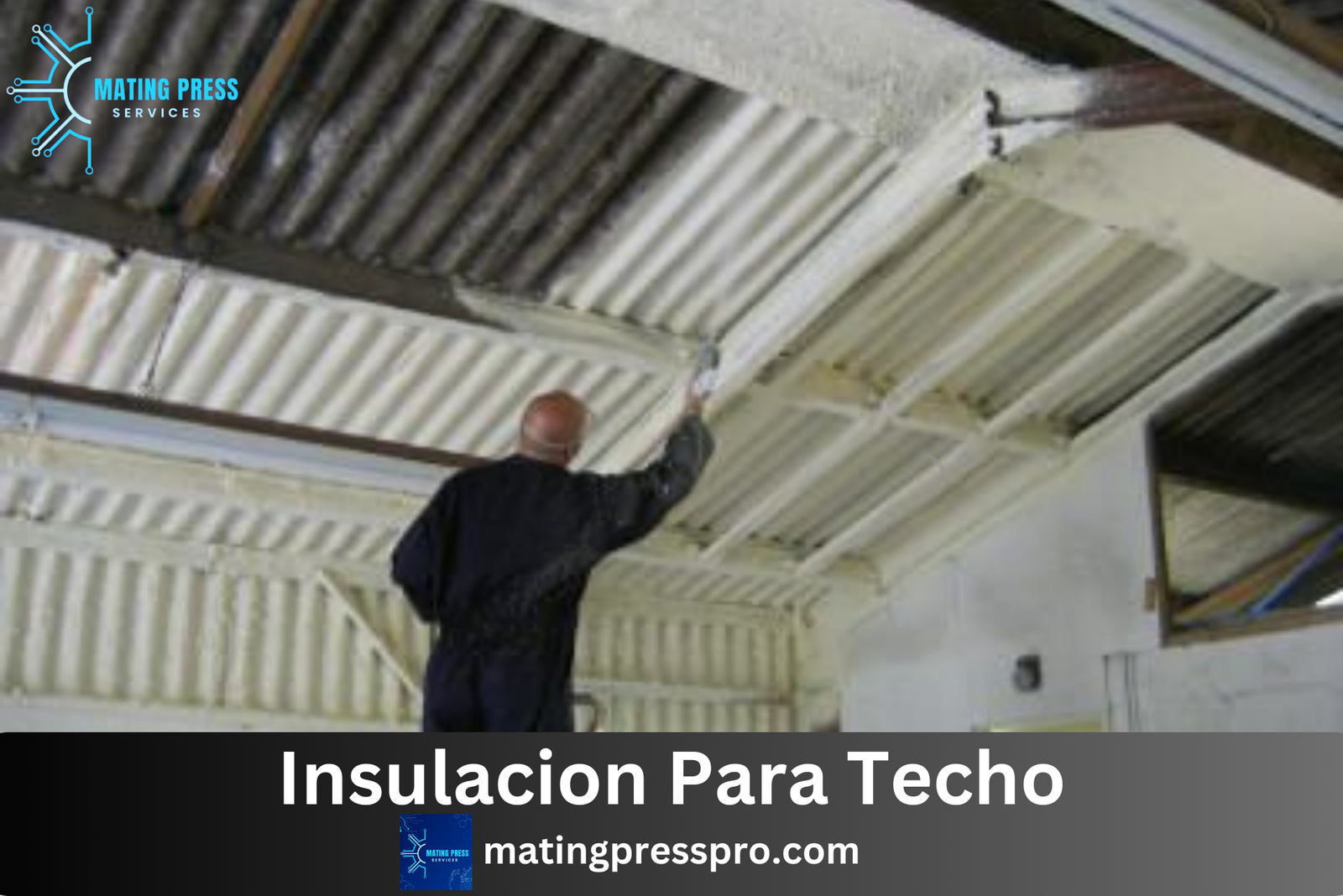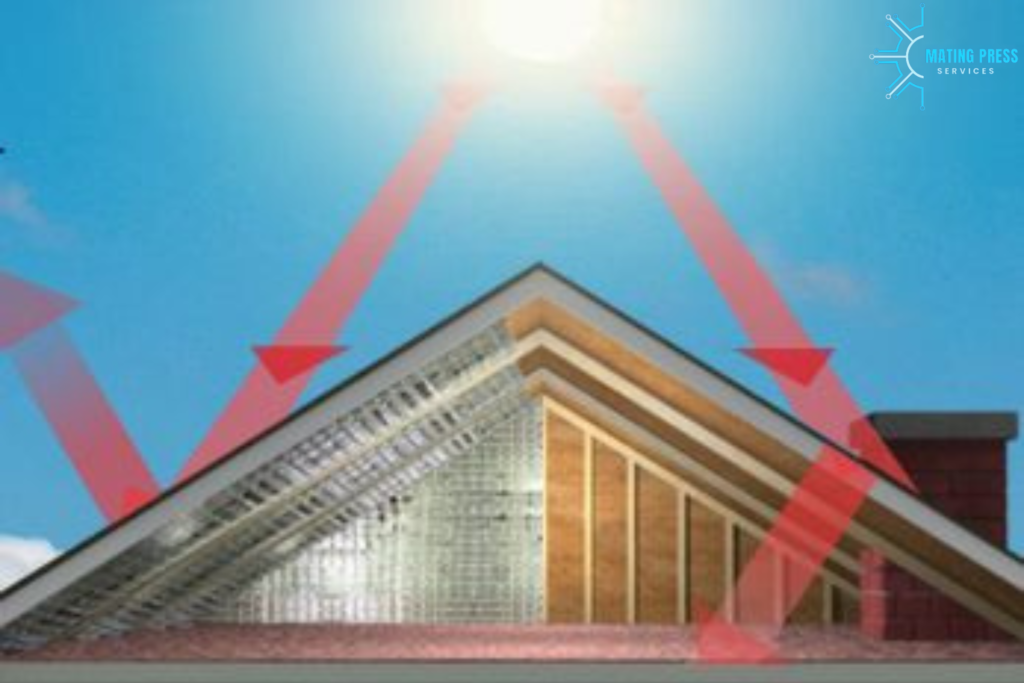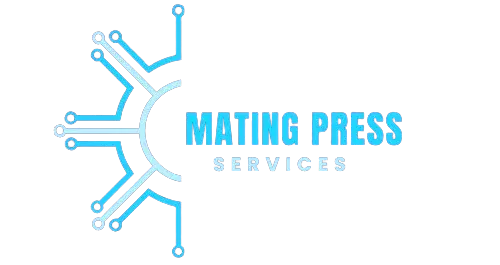Insulacion Para Techo: Essential Tips for Boosting Your Home’s Insulation

Roof insulation plays a vital role in maintaining a comfortable and energy-efficient home. It acts as a heat flow barrier helping to keep your house warm during winter as well as cool during summer. Your energy bills, comfort levels, and the overall efficiency of your home can all be significantly impacted by proper Insulacion Para Techo in your roof.
In this comprehensive guide, we will delve into the various aspects of roof insulation, including how to assess your current insulation, choose the right materials, install insulation effectively, and maintain it for long-term performance. We will also explore expert insights and emerging trends to help you make informed decisions about boosting your home’s insulation.
Understanding Roof Insulacion Para Techo
What is Roof Insulacion Para Techo?
Materials used to prevent heat from passing through the roof are referred to as roof insulations. Heat flows slowly through insulating materials because they trap air within them. Not only does this keep internal temperature constant but also it reduces energy consumption by cutting back on heating or cooling needs.
Types of Roof Insulacion Para Techo Materials
Different types of insulating materials are available each with particular properties and benefits. Some of the most common types include:
- Fiberglass Batts: Affordability and ease of installation have made fiberglass bats a popular choice among users for quite some time. They are small glass fibers that come in precut sizes fitting between rafters or between joists on roofs. Fiberglass batts offer good thermal performance and resist moisture.
- Foam Boards: Polystyrene foam boards can also be made from polyisocyanurate or polyurethane which are rigid panels that have high R-value per inch thickness suitable for areas with limited space; foam boards also possess water resistance features which enable them to serve various roles such as under roofs and walls.
- Spray Foam: This is an adaptive type of insulation when sprayed expands filling all gaps and voids, thereby creating an effective air seal. It has a great insulating as well as air sealing features which makes it appropriate for odd shaped areas and spots that are difficult to get at.
- Cellulose: Cellulose insulation is made from recycled paper, a green option; it is also fire retardant and has good thermal properties. Attics and wall cavities are typically filled with cellulose as it leaves no air spaces.
Benefits of Proper Insulacion Para Techo
Investing in proper roof insulation can yield numerous benefits:
- Energy Efficiency: Less energy is needed for heating and cooling in well-insulated homes leading to lower utility bills. By reducing heat loss in winter and heat gain in summer, insulation helps maintain a consistent indoor temperature.
- Enhanced Comfort: Appropriate insulation eliminates cold spots and drafts thus producing more comfortable living conditions. It also reduces sound transmission between rooms or from outside.
- Environmental Impact: Improved insulation reduces the overall energy consumption of your home, which in turn decreases your carbon footprint. By using less energy, you contribute to a more sustainable and eco-friendly lifestyle.
- Increased Property Value: Energy efficient homes with high-quality insulation are considered more appealing to buyers. Therefore, proper home insulation can enhance the value of your property during resale.
How To Tell If Your Roof Insulation Is Adequate?

How to Inspect Your Roof Insulacion Para Techo
To ensure that it functions efficiently, you should regularly inspect your roof insulation. Here’s how to perform a basic inspection:
- Visual Inspection: Look for visible signs of damage or wear such as sagging, gaps or moisture stains. Check the insulation in your attic and all accessible locations.
- Thermal Camera: In order to identify areas with inadequate insulation or gaps where heat is escaping from through the roof, you could use a thermal imaging camera in this regard.
- Touch Test: The places where they may not be enough include cold spots or drafts. If there are any cold spots on your roof or inside the house, then it may mean that your home lacks enough insulation.
Signs of Poor Insulation
There are several indicators that may suggest a problem with your roof insulation:
- Uneven Temperature Distribution: A room can be too cold while another one feels like an oven because poor quality insulators will not regulate heat well in the building.
- High Energy Bills: An increase in energy costs may indicate decreased efficiency due to ineffective insulation resulting into high heating and cooling expenses.
- Visible Damage: Presence of holes which cause sagging and moisture stains lead to the inefficiency of these materials in keeping heat away.
Tools and Techniques for Assessment
You can consider using some tools and techniques for thorough evaluation of an insulator; they include the following ones;
- Thermal Camera: This device helps visualize heat loss and identify problem areas in your insulation.
- Moisture Meter: It makes it possible to determine whether there is excess amount of water present within an insulator causing its inefficiency.
- Insulation Thickness Gauge: The levels recommended by professionals should be met when measuring how thickly covered by insulating materials is floor above a basement located within boundaries of a certain climatic zone.
Alternatively, you can hire an expert home inspector or insulation contractor who will provide a detailed assessment.
Choosing the Right Insulation Material
Comparative Analysis of Insulation Types
While selecting insulation materials, take into account the following aspects:
- R-Value: The R-value is an indicator of how well insulation resists the movement of heat. A higher value means that the insulating material is more effective. Choose materials with appropriate R-values based on your climate and needs.
- Cost: Various insulation types are priced differently. You need to consider costs versus long-term benefits.
- Ease of Installation: Some insulators such as fiber glass are easier to install than others. Hence, choose one which suits your installation plans whether it is for self-installation or technical consultation.
- Moisture Resistance: In case you reside in regions known for high humidity or water leakages, select an insulator with good resistance against moist air thus preventing mold formation and rotting away.
R-Value and Its Importance
The performance level of insulators depends on their capability to resist heat flow which is measured through the rate at which they absorb heat energy into their interior part from outside as shown by higher values of R. Codes regulating construction determine this value using many other factors including local weather.
To establish what R-value should be used in constructing houses people relax seeking advice from professional builders inside their towns as well as reading guidelines available at energy efficiency sites.
Environmental Considerations
When choosing insulation materials, consider their environmental impact:
- Recycled Materials: Opt for insulation made from recycled or sustainable materials, such as cellulose or recycled fiberglass.
- Energy Efficiency: Select materials with high R-values to maximize energy efficiency and reduce the need for additional heating and cooling.
- Certifications: Choose insulation products with green certifications, such as GreenGuard or ENERGY STAR to ensure they are built in line with the principles of environmental sustainability and indoor air quality standards.
Installation Tips
DIY vs. Professional Insulacion Para Techo
Choosing between a do-it-yourself (DIY) and professional Insulacion Para Techo relies on various factors including the following:
- Complexity: Insulating your attic might be done without professional help for simpler projects. However, when it comes to more difficult Insulacion Para Techo or large scale projects, expert knowledge may be required.
- Experience: If you have done some insulation work before, then you can handle it on your own. On the other hand, if you do not have any previous experience with this activity, hiring an expert ensures that all is carried out correctly and efficiently.
- Cost: Labor charges can be saved for DIY Insulacion Para Techo but remember that tools and equipment will still need to be purchased. While going this way could mean spending more money at first, it guarantees peace of mind as well as long term benefits.
Step-by-Step Insulacion Para Techo Guide
When Insulacion Para Techo insulation yourself, follow these steps:
- Prepare the Area: Clear out where you’ll work from and set up all necessary tools and materials.
- Measure and Cut: Measure size to know how much insulation is needed in an area. The insulating material should then be cut into lengths that fit between rafters or joists.
- Install Insulation: Insert the insulation between rafters or joists making sure they fit snugly. Do not compress this material as that would reduce its efficiency greatly.
- Seal Gaps: Use caulk or sealant to cover any gaps or cracks near the insulating material so that no air leaks occur during operation since this will enhance overall performance.
- Check for Proper Coverage: Ensure there are no spaces or gaps left by the insulation.
Common Mistakes to Avoid
To ensure a successful Insulacion Para Techo, avoid these common mistakes:
- Incorrect Cutting: Take accurate measurements and cut the insulation properly. Incorrectly cut pieces will create spaces and reduce its effectiveness.
- Overlooking Air Gaps: In order to prevent air leaks and improve performance, it is important to seal all gaps and cracks around the insulating material.
- Not Wearing Protective Gear: Insulation materials are an irritant to skin as well as respiratory system. Wear gloves, protective clothing, and mask in order not to feel discomfort or get sick from inhaling them when working with these materials.
Maintaining Your Insulacion Para Techo
Routine Maintenance Checks
Regular maintenance is essential if you want your insulation to keep working at optimal levels. To do this, perform the following tasks:
- Visual Inspections: Periodically look for signs of damaged parts of your insulation like moisture penetration or pest attacks.
- Temperature Monitoring: Regularly monitor indoor temperatures for instances of uneven heating or cooling which could be indicative of lack of proper insulation elsewhere in your house.
- Moisture Control: Be sure there are no areas where water can seep into the insulation.
Repairing and Replacing Insulacion Para Techo
When you realize that your insulator has been destroyed or worn out, do this:
- Repair: For small tears or holes in the material, one can use either repair kits for insulating material or rubberized sealants available on market today.
- Replace: If a lot of damage has occurred to the insulator, or if it has become compromised in any way; replace it with new material.
This may include replacing old insulation with new layer(s) being Insulacion Para Techo over them.
Longevity and Upgrades
Most forms of insulation have long lifetimes but periodic upgrades should be considered so that one keeps up with advances in this technology field. When its performance drops, decide on whether to retrofit it with better performing materials or adding more layers.
Expert Insights and Case Studies
What Industry Experts Say
To maximize the advantages of insulation, experts advise using good quality materials and properly insulating. They lay emphasis on maintenance on a regular basis and being aware of the new trends in insulation technology.
Real-life Case Studies
Several real-life case studies have shown how improved insulation can save energy and offer comfort. For example:
- Case Study 1: A homeowner replaced their attic’s fiberglass batts with spray foam which reduced heating/cooling cost by 30%.
- Case Study 2: A retrofit project was done on an old material commercial building with high performance foam boards as an alternative to the outmoded insulating materials which has led to increased energy efficiency and lowered utility expenses.
Future Outlook

What is happening next?
The future of insulation is being shaped by several emerging trends including:
- Advanced Materials: Aerogel among other materials presents better insulating properties and energy efficiency.
- Smart Insulation: Insulation that is technologically driven such as that with embedded sensors whose performance can be monitored and optimized in real time is being designed.
- Sustainable Options: The focus is shifting towards eco-friendly Insulacion Para Techo materials that have a low impact on the environment while also improving indoor air quality.
Technological Advances
Insulation performance keeps advancing due to ongoing technological breakthroughs. There are innovative Insulacion Para Techo techniques as well as developments in materials that promise higher levels of efficiency as well as sustainability than before.
Guidelines for Future Insulacion Para Techo
In planning for future insulation, consider these guidelines:
- Invest in High-Performance Materials: Choose materials with high R-values that possess advanced characteristics for better energy utilization.
- Stay Informed: Find out about changes in home insulation products so you can make educated choices based on your situation.
- Consult with Professionals: Partner with established companies or professionals specializing in insulation to help achieve the best possible results and performance.
More Tips for an Effective Insulacion Para Techo Your Roof
Types of Roofs and Their Insulation
Various roof types have different Insulacion Para Techo needs for better performance which include:
- Flat Roofs: Flat roofs can be insulated using spray foam or insulation boards. Spray foam is a monolithic layer that fills gaps and improves air sealing while insulation boards are Insulacion Para Techo directly on the roof deck.
- Pitched Roofs: Fiberglass batts or rolled insulation can be put in between the rafters for pitched roofs. The insulation should be properly fitted to ensure there are no spaces between it and this will enhance thermal efficiency.
- Vaulted Roofs: When insulating vaulted or cathedral ceilings, you may Insulacion Para Techo it either in the attic space or between rafters. In such cases, spray foam is very effective since it expands to fill all voids enhancing its thermal performance.
Upgrading Insulacion Para Techo in Older Homes
Some older homes may not have proper insulation up-to-standard with current energy efficiency requirements. Here is how to upgrade your house’s insulation:
- Discard Old Insulation: Get rid of any old, damaged or not enough material before putting new ones during Insulacion Para Techo of insulation. This will prevent problems like mould from cropping up and also make sure the new ones work best.
- Choose Modern Materials: New options are available nowadays with higher R-values and greater energy efficiency than traditional materials do; examples include high-performance spray foam or advanced foam boards.
- Seal Air Leaks: Before insulating again, deal with entire air leaks as well as gaps appearing within the structure of your roof. This way, improved overall performance of your insulator will save you a lot of money spent on wasted family energy consumption.
Climate Zone Based Insulacion Para Techo
The effectiveness of your desired amount of protection depends on climate zones affecting you accordingly. Adapt your own system by taking into consideration local weather situation:
- Cold Climates: Focus on achieving higher R-values to prevent heat loss in colder climates. The insulation must have no gaps in order to create a comfortable indoor environment and stay warm.
- Hot Climates: For hot weather conditions, insulation should retard gain of heat into internal spaces. This is where reflective or radiant barrier insulators could be very helpful by reducing the amount of absorbed thermal energy.
- Mixed Climates: Some regions experience both extreme hot and cold seasons thus; there is a need to select insulation materials that can handle such changes in temperature ensuring they are appropriately Insulacion Para Techo for better heat management both during summer and winter.
Energy-Efficient Practices
Implementing energy-saving measures in addition to proper Insulacion Para Techo will further improve your home’s overall performance:
- Upgrade Windows and Doors: As part of your insulation efforts, replace leaky windows with efficient ones. Such windows reduce heat flow which enhances efficiency.
- Use Programmable Thermostats: You will be able to control heating and cooling better when you make use of programmable thermostats rather than using more energy in absence.
- Regular Maintenance: Regularly maintain your insulation and other parts of the house so as not to lose its effectivity.
These extra tips will help you maximize on the potential for optimum roofing Insulacion Para Techowhile improving comfort levels in your home resulting from increased energy savings.
FAQ’s About Insulacion Para Techo
How often should I check my roof insulation?
It is advised to examine your insulation at least once per year or after major weather events like storms or hurricanes. Regular checks are important for verifying if the insulation is still performing its purpose and discovering early any issues that may arise.
Can I install roof insulation myself?
Yes, some projects like insulating an attic can be done as DIY jobs. However, complex installations or large-scale projects require professional expertise for proper fitting as well as performance purposes.
What is the best insulation material for my home?
The best type of insulating material depends upon various factors including climate, budgetary constraints and specific requirements of a household unit among others. A homeowner should consult local builders or experts in insulating materials when choosing the most suitable type for his/her residence.
Conclusion; Insulacion Para Techo
Briefly
Roofing insulation is necessary to keep a home comfortable and energy efficient. By learning about the different types of insulation materials, assessing your existing insulation, and following good installation and maintenance methods, one can improve their home’s efficiency while reducing energy consumption.
Final Comments on this Topic
Striving for quality insulation and being kept in touch with all new trends will provide more comfort during fine weather days. Whether you decide to install it by yourself or hire professional help, make sure that you choose carefully in order not to miss out on all benefits from using it properly.






